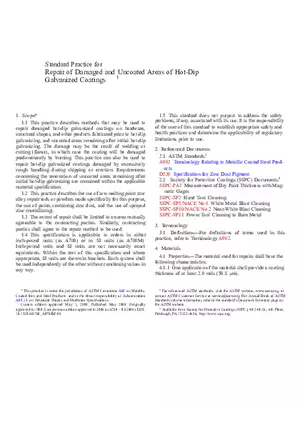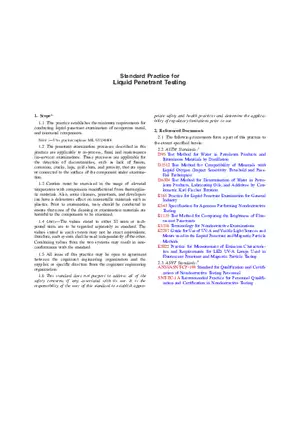Lecture Note
The Rockwell Hardness Test
-
University:
California State University, Northridge -
Course:
MSE 227 | Engineering Materials Academic year:
2020
-
Views:
15
Pages:
1
Author:
Brenna Norris
Related Documents
- Computational Methods for Aeroacoustics Pt 5
- 6.374 Analysis and Design of Digital Integrated Circuits: Problem Set # 1 Solutions
- Lecture 13: Feedback Linearization
- Internal Combustion Engines, Final Examination Solution
- Linear Circuits Analysis
- Lecture Notes on Added Mass
- Fluids Deforming Solids
- Technology Development
- Computational Methods for Oil Recovery
- Scroll Saw Awareness Reminder
- Ecological Dynamics: Interactions and Environmental Balance
- The Rise of Service Robots in the Hospitality Industry
- Budgeting and Inventory Control
- Applications of High Voltage Equipment
- Safety Standards and Regulations
- Testing and Maintenance of High Voltage Equipment
- Operation of Each High Voltage Equipment
- Types of High Voltage Equipment
- Basic Concepts of High Voltage
Report
Tell us what’s wrong with it:
Thanks, got it!
We will moderate it soon!
Report
Tell us what’s wrong with it:
Free up your schedule!
Our EduBirdie Experts Are Here for You 24/7! Just fill out a form and let us know how we can assist you.
Take 5 seconds to unlock
Enter your email below and get instant access to your document




